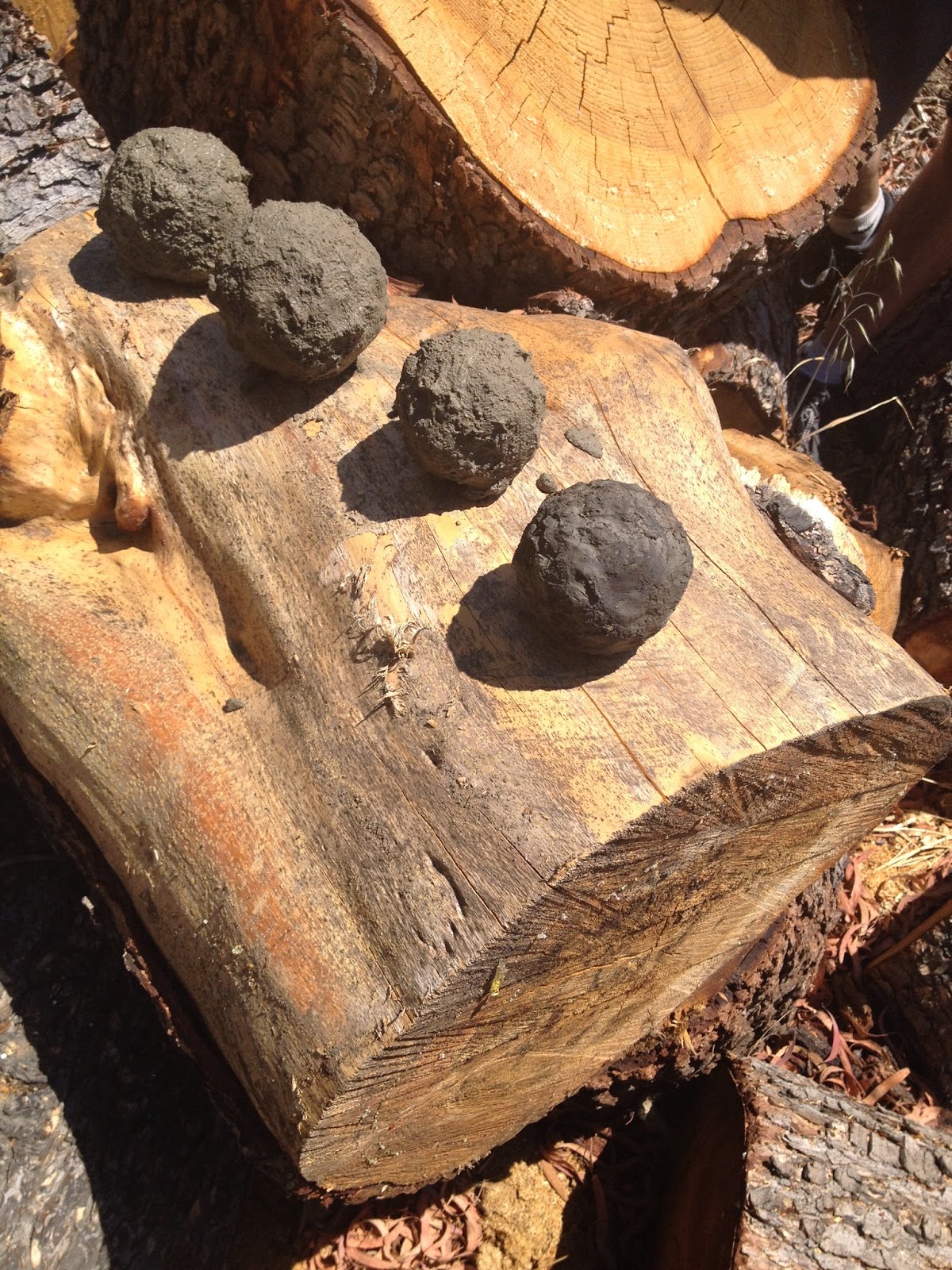Merritt College
Summer 2014
Instructor: Marisha Farnsworth buildmerritt@gmail.com
Blog: hundredmilehouse.blogspot.com
Monday & Wednesday: 9am – 2:20pm. Meet at the tool shed.
Preparation: Please do each reading and assignment before the date listed on the syllabus.
Required: closed toed shoes, water bottle, lunch, work gloves, dishwashing gloves, hat, safety glasses, ear plugs, dust mask, work clothes, pencil. Note: if you are not prepared with the above gear, you may not be permitted on certain worksites. Recommended: tape measure, wood and/or bamboo saws, plaster trowel, any other tools that you have and know how to use that you deem useful for the activity on a given day.
Recommended: bring a snack to share.
Student Learning Outcomes: Be able to name and locate ecological materials appropriate for use in construction. Compare ecological materials and evaluate their appropriateness for diverse building applications. Evaluate the pros and cons of building with ecological materials. Apply earth as a plaster on a wall.
Schedule:
Monday 6/2
Lecture: Introduction to Natural Building
Activities: Syllabus Overview, Site Tour, Toolroom Orientation, Clay Harvesting
Wednesday 6/4 Lecture: Wattle & Daub, Infill systems Guest Lecturer: Matt Wolpe on Tiny Houses
Activities: Review Precedent Studies, Design Charrette
Assignment: Post Precedent Studies (Inspirational, educational projects related to the tiny house project)
*Extra Credit Assignment: Submit notes on Ch. 2 Building Fundamentals & Ch. 3 Alternative Building Strategies
Monday 6/9
Lecture: Earth Ovens, Stone Masonry
Activities: Soil Report-Backs, Testing Soil Samples
Assignment: Bring a yogurt container (min. more is better) full of wet clay soil from your home or other location. Be prepared to report back on your soil type and location.
*Extra Credit Assignment: Submit notes on Ch. 8 Cob and Other Earth Mixes
Wednesday 6/11
Guest Lecturer: Nik Bertulis on Kitchen Greywater Design
Activities: Layout, Foundation
Monday 6/16
Lecture: Earth Building, Adobe, Cob
Activity: Review Research Topics, Masonry
Assignment: Submit 1 paragraph research topic proposal.
Wednesday 6/18
Guest Lecture: Anthony Dente on Engineering Natural Buildings
Activity: Masonry, Adobe Samples
Reading: http://www.ecobuildnetwork.org/library/building-materials-1/earth-1/miscellaneous-earth-1/69-the-renaissance-of-earthen-architecture-a-fresh-look-at-clay-based-construction-king-2010-1/file
*Extra Credit Assignment: Submit notes on Ch. 7 Structure
Monday 6/23
Activity: Masonry, Earth Oven Cob, Insulation
Wednesday 6/25
Lecture: Green Building
Activity: Adobe Forms
Monday 6/30
Activity: Earth Oven
*Extra Credit Assignment: Submit notes on Ch. 11 Modified Stick-Frame
Reading: http://greywateraction.org/content/requirements-no-permit-systems-california
Wednesday 7/2
Lecture: Straw Bale
Activity: Masonry Archway, Sand Dome
Reading: http://strawbuilding.org/sites/default/files/docs/Strawbale_Construction_Building_Codes.pdf
*Extra Credit Assignment: Submit notes on Ch. 10 Straw Bale
Monday 7/7
Activity: Research Project Presentations
Assignment: Post 1st part of Research Project
Wednesday 7/9
Lecture: Plasters
Activity: Earth Oven Thermal Layer, Insulation
Activity: Plasters & Paint Samples
*Extra Credit Assignment: Submit notes on Ch. 12 Covering the Walls
Monday 7/14
Lecture: Mycelium Building
Activity: Cob, Adobe
Wednesday 7/16
Lecture: Building with Bamboo
Activity: Cob, Adobe, Bamboo
Reading: http://www.ecobuildnetwork.org/library/building-materials-1/fibers-1/bamboo-1/unmilled-bamboo-1/39-the-architecture-of-simon-velez-deboer-2001-1/file
Monday 7/21
Lecture: Urban Forests and Urban Forest Products
Activity: Roof
*Extra Credit Assignment: Submit notes on Ch. 13 Covering the Roof
Lecture: Earth Bag, Rammed Earth, Earth Floors
Activity: Plasters & Paint Application
Assignment: Post 2nd part of Research Project
*Extra Credit Assignment: Submit notes on Ch. 14 Covering the Floor
Monday 7/28
Lecture: Siting a Building
Activity: Finishes
*Extra Credit Assignment: Submit notes on Ch. 5 Siting
Wednesday 7/30 Research Project Presentations
Research Project: Over the course each student will choose a topic related to the course work and produce a research project of one to two pages (500 words min.) in length consisting of any combination of original text, original images, Creative Commons images, images you have permission to use (sited after image), and original video. Research projects will be posted in on our blog, for future students to reference. Research topics should be selected based on personal interest; topics will be proposed and approved or revised on 6/16.
Extra Credit Reading Assignments: Building Green, by Clarke Snell & Tim Callahan - Lark Books, 2009. Selected pages are available through Google Books http://books.google.com/books?id=MoC1ZPvuw-MC&lpg=PP1&ots=Pq6lE2LJmt&dq=building%20green%20snell&pg=PA50#v=onepage&q=&f=false
Extra Credit Assignments:
250 word minimum blog post with clear, descriptive photos documenting a material or process completed during class time.
Blog post with clear documentation of a local waste-stream opportunity including, location, method of use and other relevant information.
Grading:
55% Attendance
20% Research Project 1
5% Participation, Class Preparedness, Clean-up
10% Assignments & Quizzes
*Extra Credit up to 2% per assignment with a 22% limit
Online resources to explore:
eartharchitecture.org
strawbuilding.org
openarchitecturenetwork.org
appropedia.org





































































